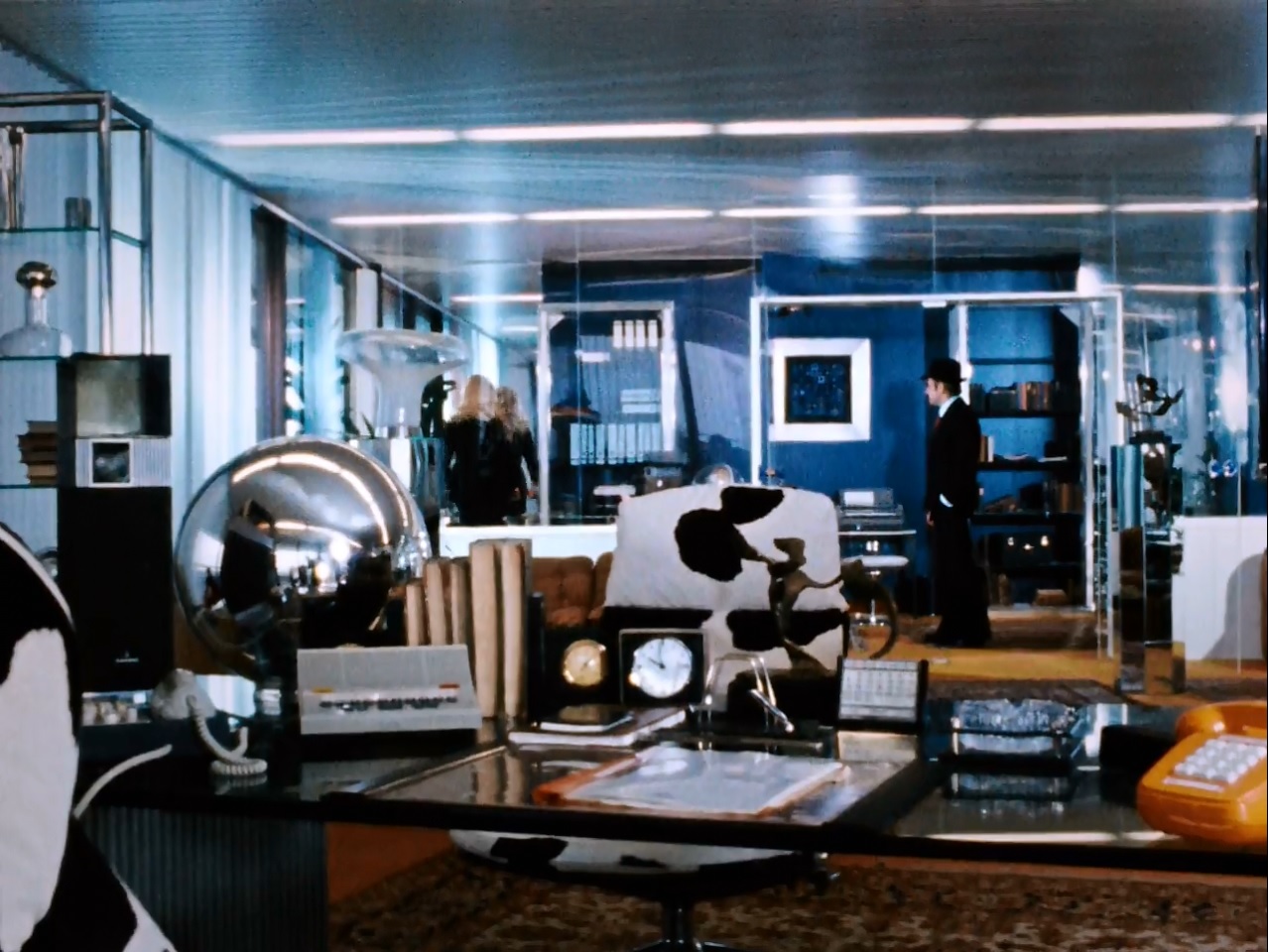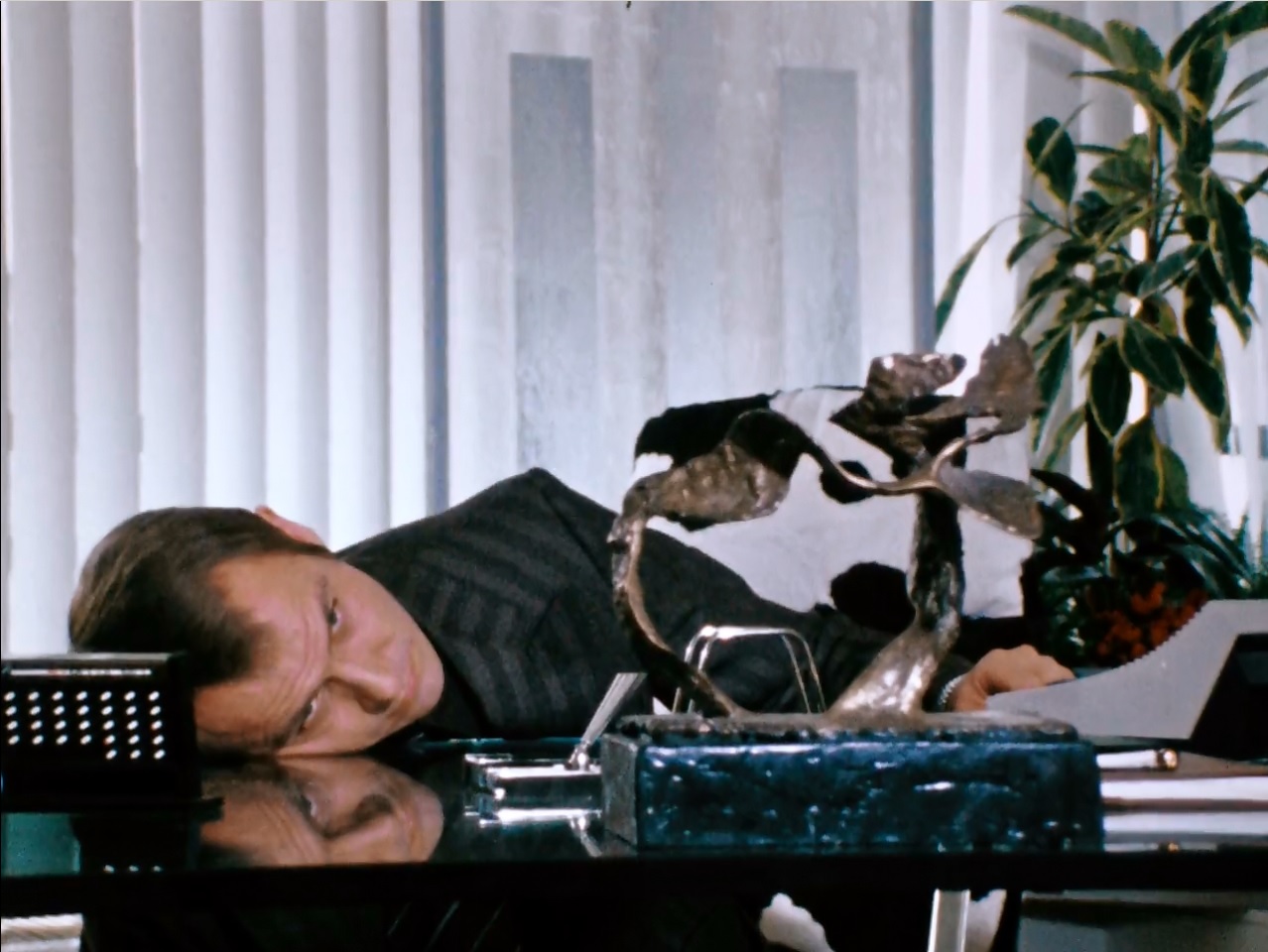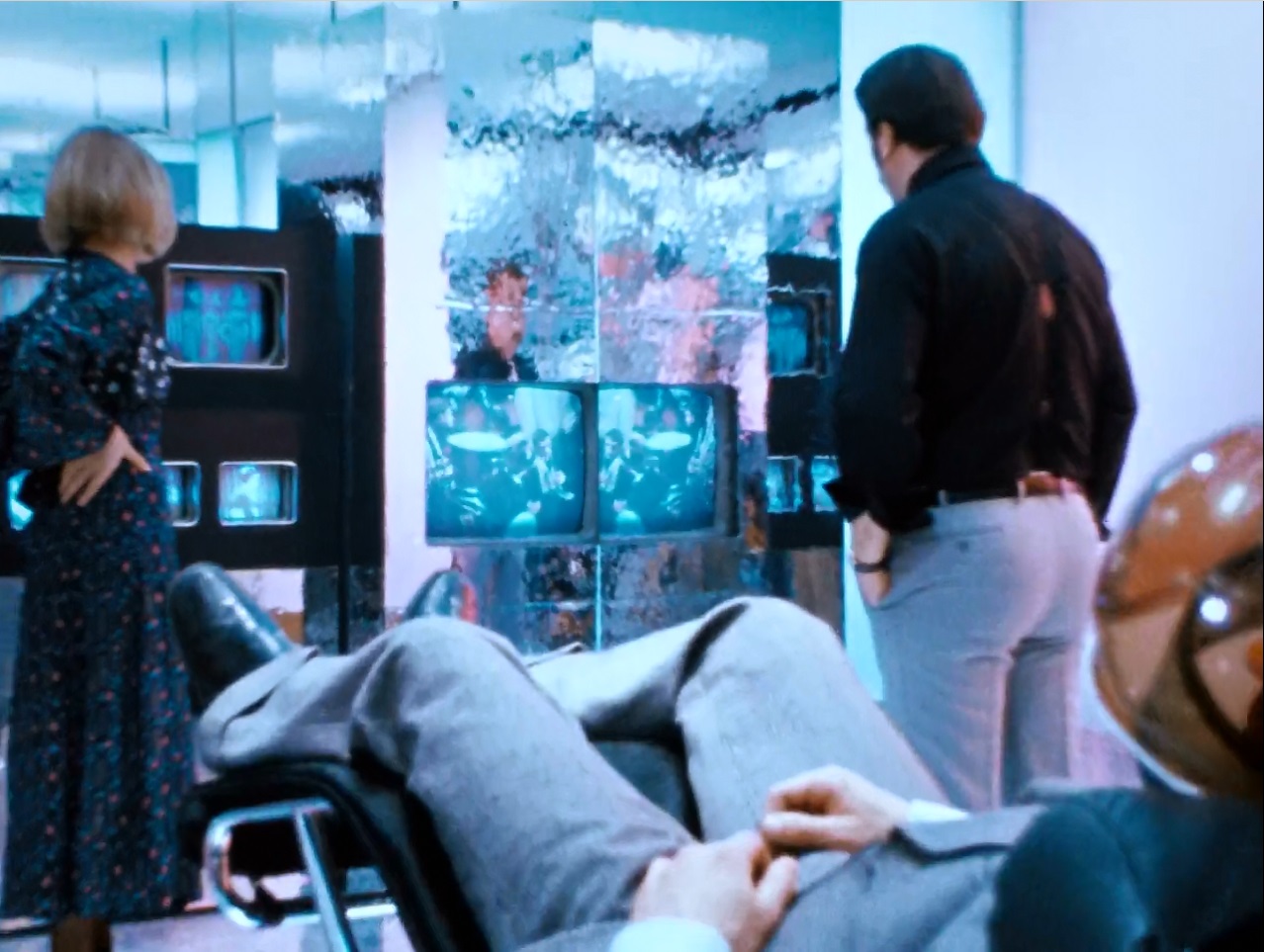And sometimes they’re not even metaphors, but shitty rightwing jokes about trans people, as Isabel Fall managed in her short story I Sexually Identify as an Attack Helicopter:
I sexually identify as an attack helicopter.
I lied. According to US Army Technical Manual 0, The Soldier as a System, “attack helicopter” is a gender identity, not a biological sex. My dog tags and Form 3349 say my body is an XX-karyotope somatic female.
So the original “joke” is that being trans or non-binary is so outrageous that you might as well call yourself an attack helicopter. What Isabel Fall does with it is in the best tradition of science fiction: taking that idea and exploring what it really means to have your gender set to attack helicopter. Not as a metaphor, but literally. Because that’s what science fiction does, making metaphors literal. Creating impossible things for its own merit, rather than as symbols standing in for real world concerns. Even as it’s always rooted in the real world and its contemporary issues, like this story is from its very title.
A shitty joke weaponised by bigots to harass trans people; the title isn’t neutral of course. Anybody who is trans or non-binary or genderqueer, or who like me, a well intentioned cis person, will hesitate on seeing that title, cringe and prepare for the worst kind of rightwing satire. My own concerns about this were lessened because a) I trusted the person who tweeted about the story not to be a transphobe and b) I trusted Clarkesworld were it appeared, not given to outbursts of transphobia as far as I know. After reading the story I knew it couldn’t have worked half as well under another title, but this does not take away the fact that for a lot of people it will make them suspicious or dismiss it out of hand of not worth reading. It explains some of the backlash against what was seemingly intended to tweak the nose of transphobes by making their one obnoxious joke real, by earnestly asking what if your gender was attack helicopter.
What would that mean? How would it express itself?
Now I yield to speed walkers in the hall like I need to avoid fouling my rotors.
Now walking beneath high-tension power lines makes me feel the way that a cis man would feel if he strutted down the street in a miniskirt and heels.
I’m comfortable in open spaces but only if there’s terrain to break it up. I hate conversations I haven’t started; I interrupt shamelessly so that I can make my point and leave.
At the same time this is obviously still a commentary on gender and gender dysphoria as experienced by a trans woman, as the writer has identified herself as, after the internet got hold of the story. You can no longer read this story. It has been taken offline on request of the writer, was scrubbed even from the Internet Archive afterwards. I started writing this review six months ago, in the first flush of enthusiasm after having read it. But then the backlash began as people took the title personal, as critics went on their first impression that this was a rightwing piss take, without checking to see if they were correct.
But how often—really—do you think about the grand strategy of gender? The mess of history and sociology, biology and game theory that gave rise to your pants and your hair and your salary? The casus belli?
Often, you might say. All the time. It haunts me.
There’s sometimes a tendency in queer circles to judge each other more harshly than necessary. You’d better be perfect, know exactly how to display and name your own identity, you’d better not be messy or unsure. A large part of that is a defence mechanism against homophobes and transphobes and other enemies, where any sign of uncertainty or not fitting quite in with the orthodoxy of what the trans|gay|lesbian|etc experience should be can be and has been used to attack the community. For trans people in the UK and US especially, the last few years have been tough, with their rights under renewed attack by the right, aided and abetted by quislings from within the communities, people who say they’re queer but want to kick the “T” out of LGBT. No wonder there’s so much mistrust and Isabel Fall became a victim of it. Alexandra Erin probably put it best in her her thread on why she wouldn’t read this story. I disagree with her, but she makes some good points on why not everybody saw this story as a triumph.
When I was a woman I wanted to be good at woman. I wanted to darken my eyes and strut in heels. I wanted to laugh from my throat when I was pleased, laugh so low that women would shiver in contentment down the block.
And at the same time I resented it all. I wanted to be sharper, stronger, a new-made thing, exquisite and formidable. Did I want that because I was taught to hate being a woman? Or because I hated being taught anything at all?
Now I am jointed inside. Now I am geared and shafted, I am a being of opposing torques. The noise I make is canceled by decibel killers so I am no louder than a woman laughing through two walls.
But the backlash went further than that. It wasn’t just that people got hurt by the story or its title despite the author’s intentions, it was that some people went to great pains to take offence at it and read it in the worst possible way. Where a J. K. Rowling could be openingly transphobic for years until a backlash here it only took hours before it was decided that Isabell Fall was a wrong one. Instead of criticising the story, it quickly devolving into attacking the author as a person, questioning her motivations with even some attempts to dox her. I hesitate to complain about “cancel culture” because usually it’s used to whinge about how people object to some rapist giving a speech at their uni, but this really felt like it. People taking offense and attacking a powerless, no-name trans woman because it would in some way make the world safer for trans women like the one you just raked over the coals. The end result is a deleted story and a writer whose career was snuffed out before it could begin.
And the moment their work reached a usable stage—the moment society was ready to accept plastic gender, and scientists were ready to manipulate it—the military found a new resource. Armed with functional connectome mapping and neural plastics, the military can make gender tactical.
Poor Isabel Fall. All she wanted to do was write a good, solid science fiction story that does what science fiction does best: concretalise metaphors to reflect the world around you. She succeeded, but at what cost to herself?





